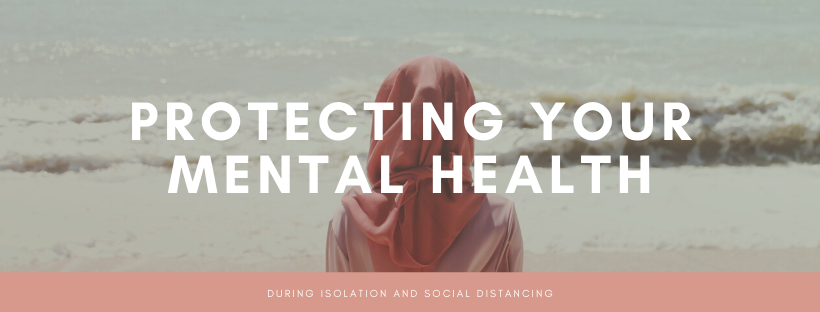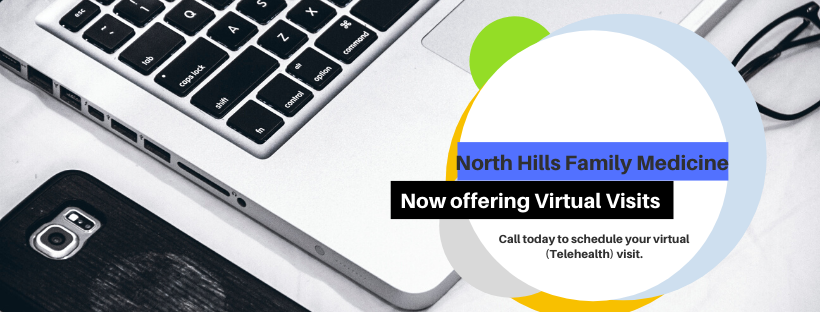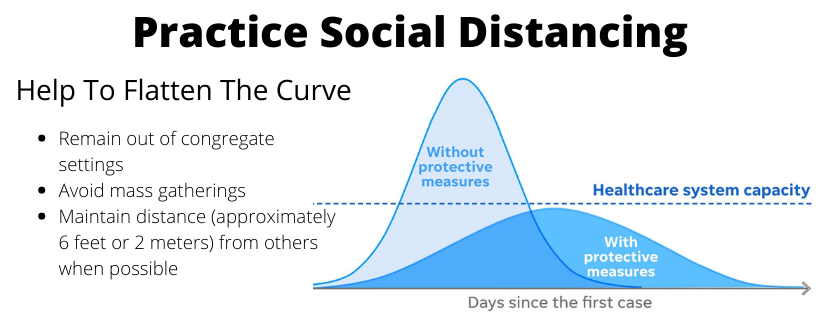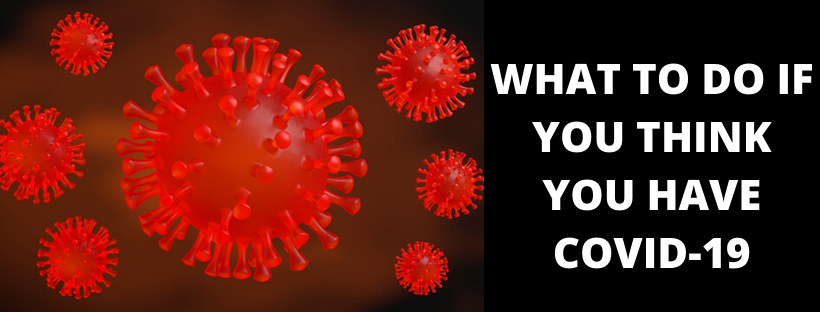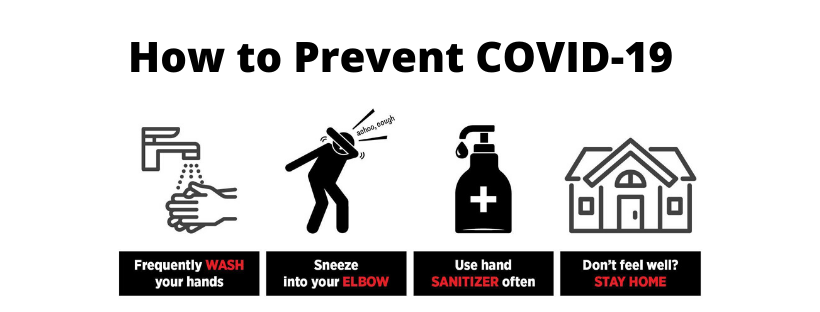Protecting Your Mental Health
Maintaining your mental health during isolation and social distancing can be challenging. This is even more important when we are out of our normal routine and lack connection with our social network. The tips and resources below are designed to support you during this time.
WHAT TO EXPECT: TYPICAL REACTIONS
Everyone reacts differently to stressful situations such as an infectious disease outbreak that requires social distancing, quarantine, or isolation.
People may feel anxiety, worry, or fear related to:
- Your own health status
- The health status of others whom you may have exposed to the disease
- The resentment that your friends and family may feel if they need to go into quarantine as a result of contact with you
- The experience of monitoring yourself, or being monitored by others for signs and symptoms of the disease
- Time taken off from work and the potential loss of income and job security
- The challenges of securing things you need, such as groceries and personal care items
- Concern about being able to effectively care for children or others in your care
- Uncertainty or frustration about how long you will need to remain in this situation, and uncertainty about the future
- Loneliness associated with feeling cut off from the world and from loved ones
- Stigmatization: If you are sick or have been exposed to someone who has COVID-19, you may feel stigmatized by others who fear they will contract the illness if they interact with you.
- Anger if you think you were exposed to the disease because of others’ negligence
- Boredom and frustration because you may not be able to work or engage in regular day-to-day activities
- Uncertainty or ambivalence about the situation
- A desire to use alcohol or drugs to cope
- Symptoms of depression, such as feelings of hopelessness, changes in appetite, or sleeping too little or too much
- Symptoms of post-traumatic stress disorder (PTSD), such as intrusive distressing memories, flashbacks (reliving the event), nightmares, changes in thoughts and mood, and being easily startled
If you or a loved one experience any of these reactions for 2 to 4 weeks or more, contact your health care provider
EXISTING CONDITIONS
Those with preexisting mental health conditions should continue with their treatment plans and monitor for any new symptoms. If you notice any changes, contact your healthcare provider right away. You may inquire about televisits (virtual visits) to help avoid exposures.
WAYS TO SUPPORT YOURSELF
- UNDERSTAND THE RISK: Consider the real risk of harm to yourself and others around you. The public perception of risk during a situation is often inaccurate. Media coverage may create the impression that people are in immediate danger when really the risk for infection may be very low. Take steps to get the facts:
- Stay up to date on what is happening, while limiting your media exposure. Avoid watching or listening to news reports 24/7 since this tends to increase anxiety and worry. Remember that children are especially affected by what they hear and see on television.
- Look to credible sources for information on the infectious disease outbreak
- Accentuate the positives: Focus on what you are able to do during this time. You’re finally home — organize, read, rest, cook, and play. Take advantage of the time this provides.
- Separate what is in your control from what is not. There are things you can do, and it’s helpful to focus on those. Wash your hands. Remind others to wash theirs. Take your vitamins. Limit your consumption of news (Do you really need to know what is happening on a cruise ship you aren’t on?).
- Create a schedule in order to encourage yourself to stay both mentally and physically active. This will also provide you with something to look forward to!
- When bored, be careful to manage alcohol consumption, vaping, and overeating – these are habits that can be hard to break.
- Connecting with others about your concerns and how you’re feeling will allow those feelings to surface and will provide you with a sounding board for them. Facebook groups have already formed to facilitate communication and support among individuals asked to quarantine.
- Practice anxiety management breathing techniques, such as 4-7-8 breathing
- To start, put one hand on your belly and the other on your chest as in the belly breathing exercise
- Take a deep, slow breath from your belly, and silently count to 4 as you breath in
- Hold your breath, and silently count from 1 to 7
- Breath out completely as you count from 1 to 8. Try to get all the air out of your lungs by the time you count to 8.
- Repeat 3 to 7 times or until you feel calm
- Use social media to stay connected to other people (If you see posts that are causing stress, take a break by turning it off)
- Call or facetime your friends as opposed to only texting – this allows you to open up more with the other person and feel connected
- For those who find it therapeutic, turn to your Bible, prayer, or religion
- If you feel yourself in a panicked state or anxiety spiking, stop immediately and USE ALL FIVE SENSES.
- LOOK around and focus on one thing in the room
- Tune in to one NOISE
- Allow one SMELL to fill your nose
- Smack your tongue and notice any residue TASTE
- FEEL your feet on the floor
- Repeat
TIPS FOR WORKING REMOTELY
- Create a dedicated workspace that’s clean and free of distractions
- Set an alarm like a normal workday
- Get ready like you are going to leave the house
- Get dressed
- Brush or fix your hair
- For those who wear it, do your make up – even if minimal
- Eat breakfast
- Brush your teeth
- Do your best to adhere to a working schedule
- Set an alarm to remind you to take breaks
- Consider using an app like Time Out to remind you to take a breather
- Don’t forget to eat lunch and/or healthy snacks during your breaks
- Maintain a work connection.
- Maintain a connection to the office by choosing to make calls rather than sending emails, and keep in contact with your department members via video conferencing.
- When family or children are at home with you
- Set expectations of your workspace being “off-limits” to limit interruptions
- During your breaks, spend extra quality time with those in your home
Additional Resources
- Substance Abuse and Mental Health Services Administration (SAMHSA): Disaster Distress Hotline: 1-800-985-5990 or text TalkWithUs to 66746
- Crisis Text Line Anxious about coronavirus? Text HOME to 741741 to connect with a Crisis Counselor.
- Time Out: This downloadable application reminds you throughout the day to take a breather
- TalkSpace: Visit Talkspace.com or download the Android or iPhone app. This is a paid service.
- BetterHelp: Visit Betterhelp.com. This is a paid service.
- If you are feeling overwhelmed with emotions such as sadness, depression, anxiety, or feel like you want to harm yourself or someone else, call 911 or the National Suicide Prevention Lifeline at 1-800-273-TALK (1-800-273-8255).

